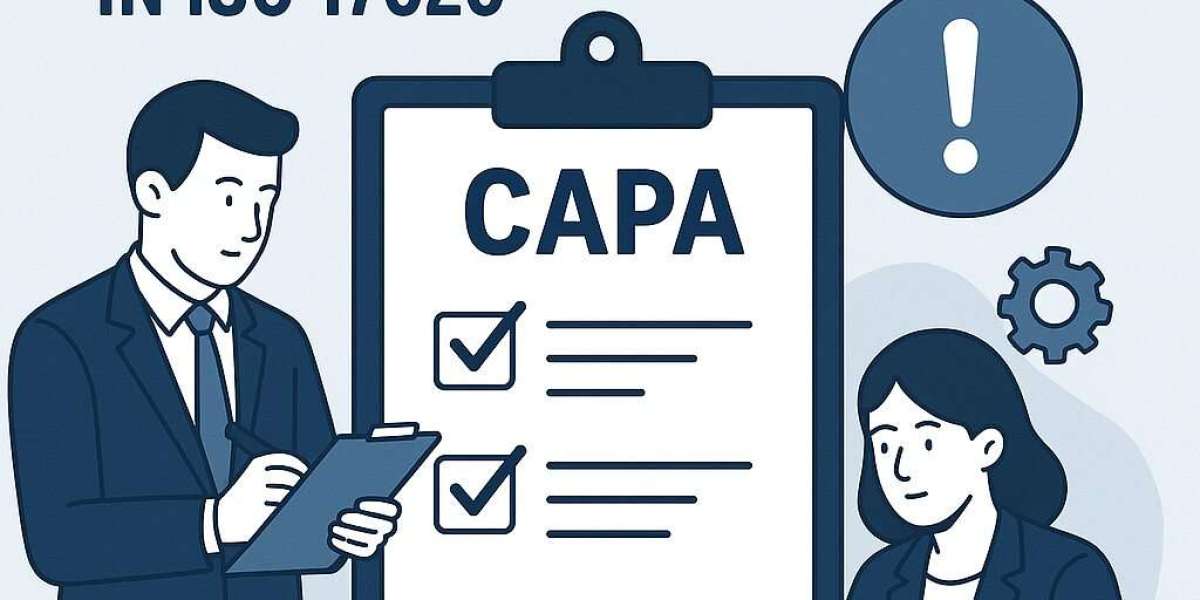In the realm of inspection bodies, maintaining the highest levels of competence, impartiality, and consistent performance is essential. The ISO 17020 standard provides a comprehensive framework to achieve these goals, with its documentation requirements serving as a backbone for operational excellence. Among the critical requirements in ISO 17020 documents is the proper documentation of corrective and preventive actions (CAPA). This process ensures that issues are addressed systematically, risks are mitigated, and continual improvement is achieved.
Understanding Corrective and Preventive Actions
Corrective actions are measures taken to eliminate the cause of an identified nonconformity or other undesirable situation. Their primary goal is to prevent recurrence. In contrast, preventive actions focus on eliminating the cause of a potential nonconformity to prevent its occurrence.
In the context of ISO 17020, both actions are vital for sustaining the credibility of inspection bodies and ensuring that inspections meet both client and regulatory requirements. Proper documentation of these actions not only meets compliance requirements but also provides evidence of an organization’s commitment to quality improvement.
Why Documentation Matters in ISO 17020
The documentation of corrective and preventive actions under ISO 17020 serves multiple purposes:
- Compliance Proof – Demonstrates adherence to ISO 17020 requirements during audits.
- Traceability – Provides a clear record of identified issues, investigations, and implemented solutions.
- Accountability – Assigns responsibility to specific individuals for addressing and closing out issues.
- Continual Improvement – Encourages ongoing refinement of processes and procedures.
Without clear and consistent documentation, inspection bodies risk recurring issues, audit nonconformities, and potential reputational damage.
Key Steps in Documenting Corrective Actions
The corrective action process in ISO 17020 documents typically involves the following steps:
- Identify the Nonconformity
- The first step is recording the issue in a nonconformity report (NCR). This may arise from internal audits, client complaints, or operational errors.
- Determine the Root Cause
- Use root cause analysis tools such as the “5 Whys” or fishbone diagrams to ensure the solution addresses the underlying cause, not just the symptoms.
- Plan the Corrective Action
- Define the action to be taken, responsible person, resources needed, and timeline.
- Implement the Action
- Carry out the planned steps and document evidence of implementation.
- Verify Effectiveness
- Monitor the results to ensure the corrective action has effectively resolved the issue.
- Close the Report
- Once verified, update the records, marking the corrective action as complete.
Documenting Preventive Actions
While corrective actions deal with problems that have occurred, preventive actions are proactive. Proper documentation ensures the organization takes systematic steps to avoid potential issues.
- Identify Potential Risks
- Risks can be spotted during management reviews, risk assessments, or through feedback from stakeholders.
- Assess Likelihood and Impact
- Document the severity and probability of the risk to prioritize action.
- Plan the Preventive Action
- Clearly describe the intended action, responsible party, and implementation timeline.
- Implement and Monitor
- Take the necessary measures and track results to ensure risk mitigation.
- Review and Update Records
- Record outcomes and, if necessary, update the risk management plan.
Integration with Other ISO 17020 Requirements
Corrective and preventive actions do not exist in isolation. They are closely linked to other ISO 17020 documents such as internal audit reports, management review records, and training logs. By integrating CAPA processes with these areas, organizations can create a robust quality management system that drives continual improvement.
Common Mistakes to Avoid
- Incomplete Root Cause Analysis – Addressing symptoms rather than the true cause leads to recurring issues.
- Lack of Follow-Up – Failing to verify effectiveness can undermine the entire process.
- Overcomplicated Documentation – While thoroughness is important, overly complex forms can discourage proper recording.
- Ignoring Preventive Actions – Many organizations focus solely on corrective actions, missing opportunities to prevent issues before they arise.
Conclusion
Documenting corrective and preventive actions is more than a compliance exercise; it is a powerful tool for quality improvement in inspection bodies. Under ISO 17020, accurate and well-structured CAPA documentation not only satisfies auditors but also strengthens the organization’s ability to deliver reliable, impartial, and competent inspection services. By embedding CAPA processes into the core of their ISO 17020 documents, inspection bodies can ensure that they not only meet but exceed the expectations of clients, regulators, and accreditation bodies.



